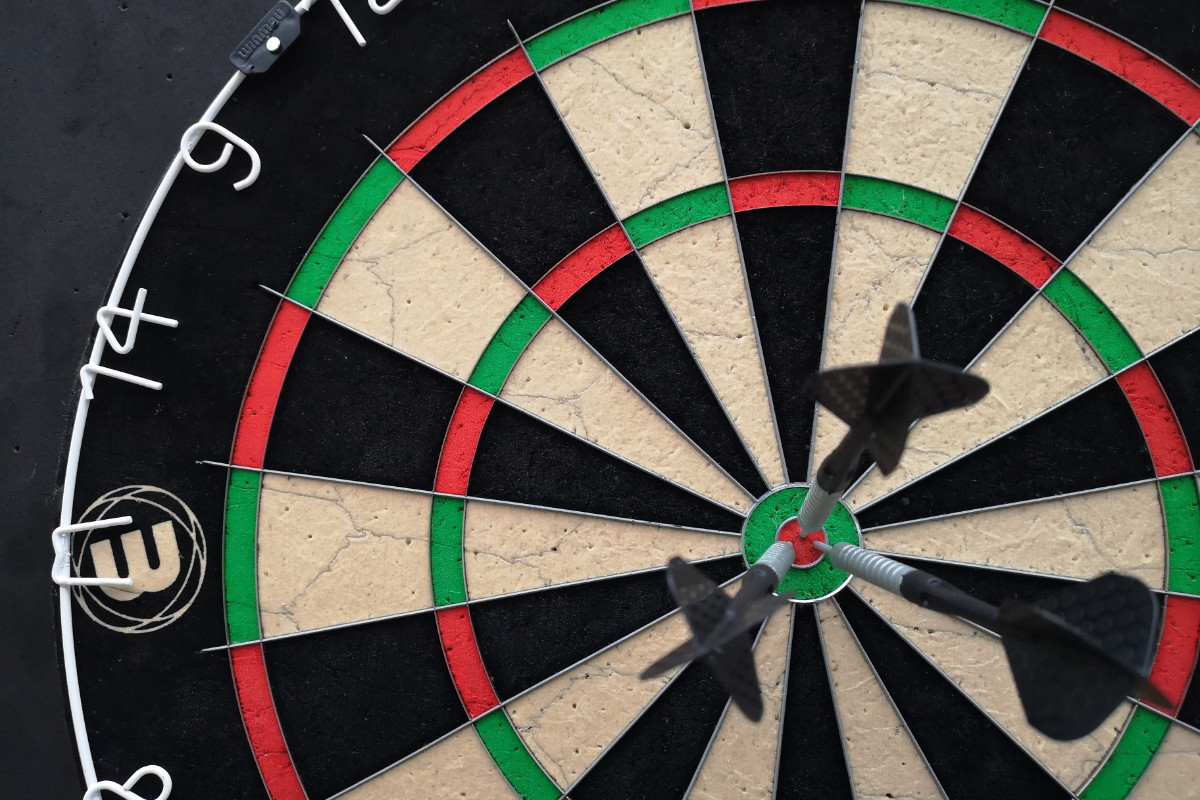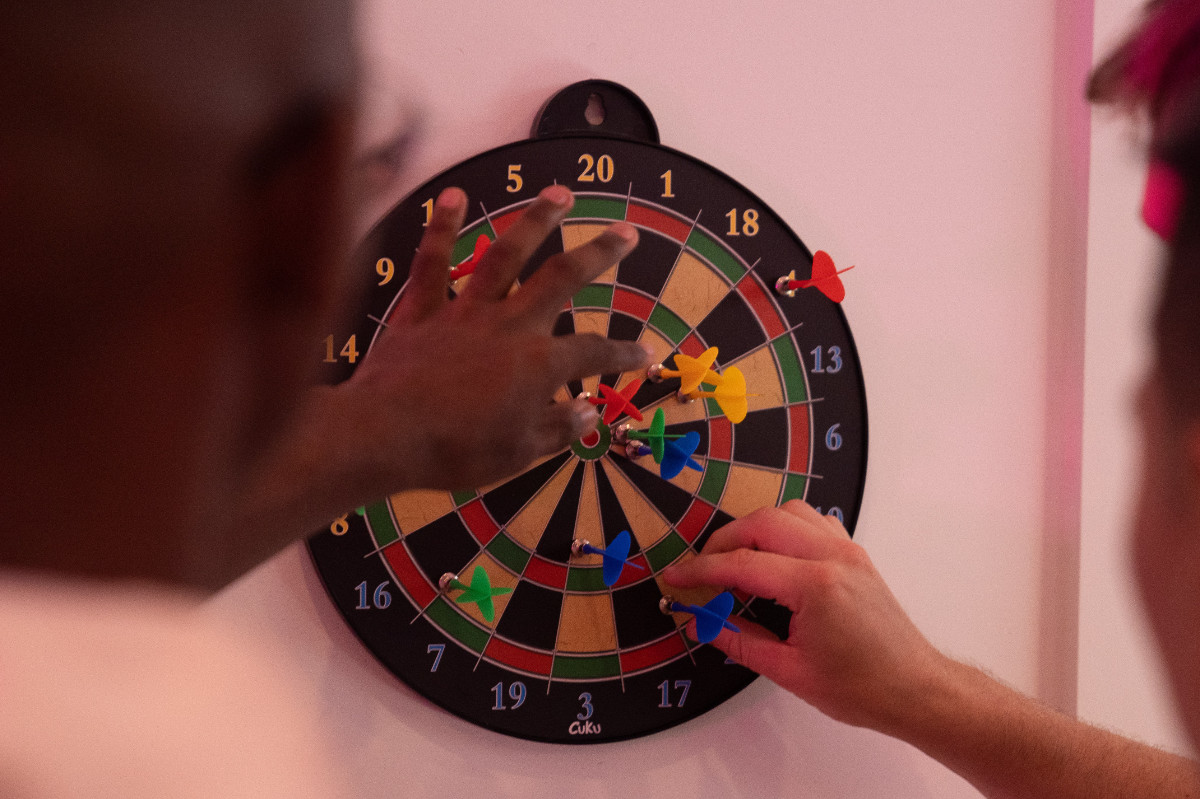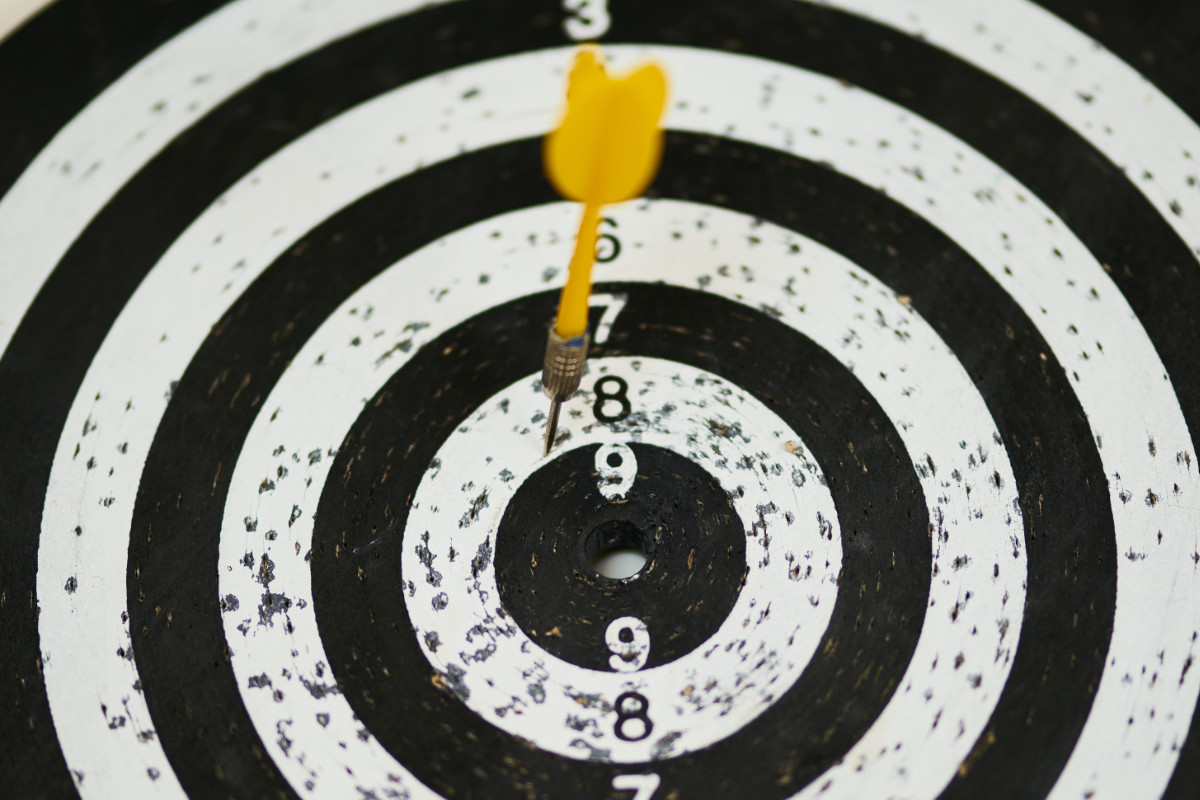When it comes to darts, one of the most frequently asked questions is whether to throw darts fast or slow. The answer to this question largely depends on personal preference and individual technique. In this blog post, we’ll explore the advantages and disadvantages of each approach, helping you determine the optimal throwing speed for your darts game.
Throwing Darts Fast: Pros and Cons
Throwing darts quickly has its own set of benefits and drawbacks. Let’s take a closer look at them:
- Pros:
- Increased momentum: A faster throw may help generate more force and power, making it easier to penetrate the dartboard.
- Less thinking, more action: Throwing quickly can help minimize overthinking and second-guessing, which might lead to a more natural, fluid motion.
- Better rhythm: Some players find it easier to maintain a consistent rhythm and pace when throwing darts quickly.
- Cons:
- Reduced accuracy: Throwing darts too fast can compromise accuracy and precision, leading to more missed targets.
- Potential strain: Rapid throwing might put additional stress on your arm and shoulder, increasing the risk of injury.
Throwing Darts Slowly: Pros and Cons
Slower darts throws also have their unique set of advantages and disadvantages:
- Pros:
- Better control: Throwing darts slowly can provide increased control, resulting in more accurate and precise shots.
- Improved consistency: A slower pace allows for a more deliberate and consistent throwing technique, which can lead to better overall performance.
- Cons:
- Overthinking: Throwing darts slowly may cause you to overanalyze your shots, potentially leading to hesitation and inconsistency.
- Reduced momentum: Slower throws might not generate enough force to fully penetrate the dartboard, causing your darts to bounce out more frequently.
Finding Your Optimal Throwing Speed
To find the optimal darts throwing speed for you, consider the following tips:
- Experiment: Try both fast and slow throws to determine which approach feels more comfortable and natural for you.
- Balance speed and control: Aim for a balance between speed and control, ensuring that your darts have enough momentum without compromising accuracy.
- Focus on technique: Regardless of your preferred throwing speed, prioritize proper technique and body mechanics to ensure consistent and accurate shots.
- Practice: Hone your skills by practicing regularly, allowing you to refine your throwing speed and technique over time.
- Competitive play: In a competitive environment, you may need to speed up your throws to maintain pace with your opponents and adhere to any time constraints.
- Pressure situations: High-pressure situations, such as needing to hit a specific target to win, may require a more controlled and deliberate throw. Slowing down your pace slightly can help improve accuracy in these moments.
- Endurance: If you’re playing in a long tournament or marathon session, consider conserving energy by adopting a more relaxed throwing speed.
Adapting to Different Game Scenarios
As you develop your darts skills and participate in various games, you may find that certain situations call for adjustments to your throwing speed. Keep these points in mind as you adapt to different game scenarios:
Conclusion
Ultimately, the optimal darts throwing speed varies from player to player, depending on individual preferences, technique, and game situations. By experimenting with different speeds, focusing on proper technique, and adapting to various scenarios, you can find the perfect throwing pace for your unique playing style. Remember that practice is key to improving your game, so keep working on your throws and strive for that perfect balance between speed and control.



